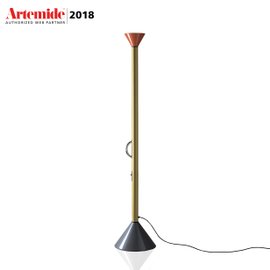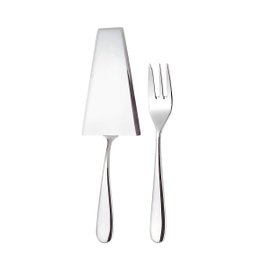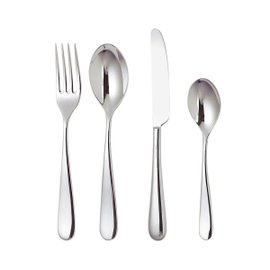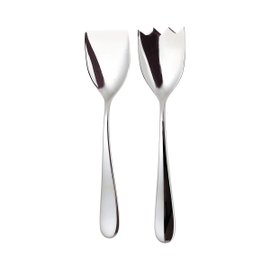Previous
Seletti isn’t design: Maurizio Cattelan at the neighbourhood market


Your dream house is one step away from you.
Subscribe to our newsletter and get 10% off orders of at least £100,00!
Enjoy it and don’t miss out on our offers and updates.


Whenever you try to talk about Ettore Sottsass, you’ll find that people will inevitably agree on one thing: the eclectic nature of his work.
The great range of exhibitions that are being held around the world to mark one hundred years from his birth are proof of his talent, and every single one shines a light on a different aspect of his work and life. The visitor has to put all the pieces together, in order to recompose one of the most complex personalities – and at the same time one of the most honest people – on the international design scene.

Architect, photographer, potter and – obviously – designer, influenced by both the USA and India, Sottsass worked on the one hand with firms like Olivetti, contributing to the design of mass-produced and functional objects. And on the other, Sottsass was, to mention one of his most symbolic acts, one of the founding members of the Memphis Group, a bold, colourful – and slightly kitsch design collective.
This contradictory evidence seems only to confirm the eclectic nature of Sottsass’ journey, he didn’t refrain from questioning himself and the considerable influence that architecture and design had at the time, especially in Italy.
For Ettore Sottsass it was essential to create a shape that went against conventional notions of design, whether he was designing a typewriter stripped down to the bone and perfect for people always on the go – are you possibly reading this on a train using your laptop? – or the quirky but familiar Seggiolina da Pranzo chair, which cossets the eye but that definitely doesn’t cosset you when you sit down. To use Sottsass’s own words, going against conventional design means that



Design, for Sottsass, even architectural design, was always accompanied by photography, which he used throughout his career as a support and tool for further reflection, especially to investigate how different cultures portray reality.
The photographs that Sottsass took mainly while he was travelling are halfway between photojournalism and captivating compositions.
The volume Metafore (lit. metaphors) shows how Sottsass’ photographs link up with his thinking. Metafore is a sort of photographic memoir which connects his own considerations to each of the pictures, which were for the most part unpublished and taken between 1968 and ‘76 while he was travelling through Italy, Spain and the USA.

Metafore wasn’t however a new term for Sottsass: it was also the title for a series of installations, somewhere between architecture and landscape, which he worked on between 1972 and ‘79 when he was in the Pyrenees with his then girlfriend Eulalia Grau. These installations were poetic and ironic explorations, where the caption that goes with each photograph is a metaphor in itself.



Of all the women that were part of Ettore Sottsass’ life, two in particular were a great influence both on his thinking and on his career.
The first one was Fernanda Pivano, writer, translator and journalist, who was the first person to introduce the USA to Italy – and did the same with Sottsass. She was married when they met in 1949, but left her husband for him, to begin a twenty seven year-long relationship.
Pivano introduced Sottsass to American society, to the writers and poets of the beat-generation, she helped him while he was receiving treatment and convalescing in Palo Alto. The two wrote, drew, contributed to each other’s work, and above all imagined.

Barbara Radice is the second key person in Sottsass’s life. The painter Mario Radice’s daughter, Barbara was the only member of the Memphis Group who wasn’t in some way connected to architecture: she is an art scholar and critic and this is how (interviewing him) she met Ettore Sottsass in 1976.
It was in their home, where Sottsass settled after years of wandering the globe, that the Memphis Group was born, marking an important milestone for international design.







 Back to
Back to
Size*
Quantity*




